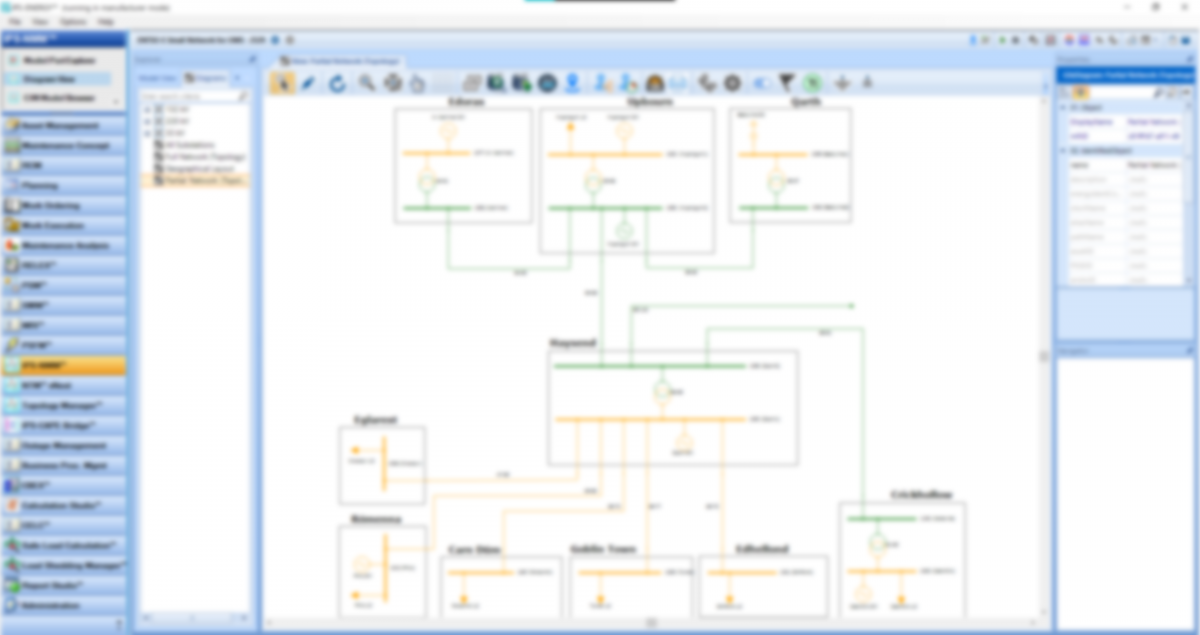There are many forces that effect the bulk electrical system, such as storms, fires, earthquakes, as well as man-made hazards such as construction and vehicle accidents, in addition to equipment failure due to age, manufacture defects, or operational errors.
With all this potential for failure, how can the bulk electrical system provide safe and reliable energy to vital systems and customers? Organizations such as NERC oversee the power grid and provide industry wide regulatory control and standards that are key to providing reliable governance over utility operations.
IPS-SYSTEMS™ can provide reliable processes to coordinate and maintain the bulk electric system with settings creation, maintenance, and testing of the protection system. NERC PRC-005, specifically deals with relays on the bulk electrical system. With IPS, identifying these assets as PRC-005 applicable allows you to know exactly which assets fall under these regulations.
Though IPS-BPM™ (Business Process Management) and IPS-SWM™ (Settings Workflow Management), you can track multiple step processes, containing an array of modules to complete with a group of employees responsible for the project. With IPS you can attach modifications to each step and project, managing complex multi-step workflows containing dozens of transitions and states. By following the workflow each state will launch the appropriate module in IPS allowing the user to maximize efficiency by placing them back in the workflow after each interaction.
IPS-SYSTEMS™, though the Safe Load Calculation module group, allows custom definitions of safe load criteria and evaluation/calculation of the loadability. PRC-023 states that the protective relay settings should not limit transmission load, not interfere with a system operator’s ability to take remedial action to protect system reliability.
The system operator should be able to reliably detect all fault and conditions and protect the electrical network from these faults. Using IPS-Safe Load Calculation™ module group you can define and calculate the maximum amount of electrical current (in AMPS or MVA) the conductor or device can safely carry. This helps you track asset data and relay settings that may interfere/conflict with your safe load parameters.
The purpose of PRC-026-1 is to ensure load-responsive protective relays do not trip during stable power swings. IPS-Calculation Studio™ supports this effort through calculations such as the angular stability constraint, as well as through IPS-Business Process Management™ for tracking and monitoring remedial action schemes or correction action plans. IPS-Load Shedding Manager™ can be used to identify elements forming the boundary of an island based on the under-frequency load shedding design. Additionally, IPS works with applications such as CAPE to display the results of disturbance simulations.
IPS-SYSTEMS™ provide reliable processes to coordinate and maintain the bulk electric system with settings creation, maintenance, and testing of the protection system. Though customizable reports, providing clear evidence of compliance, the flexibility of IPS allows users to identify, coordinate, track, and report compliance efforts.
Author: Rebecca Day



